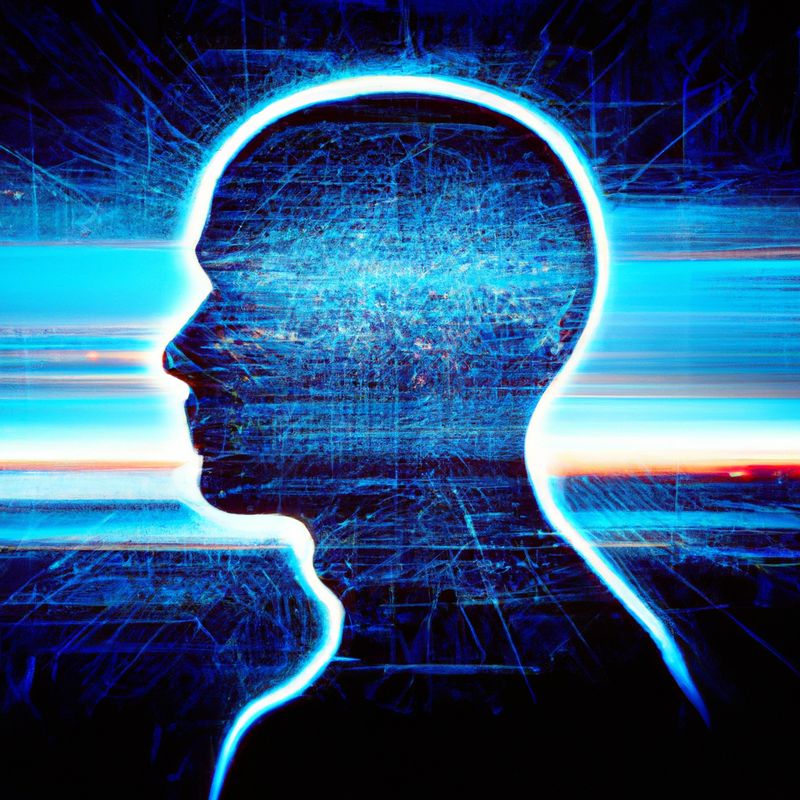The Rise of Generative Artificial Intelligence

In recent years, generative artificial intelligence (AI) has been gaining more attention as a powerful tool for creating innovative solutions. Generative AI is a branch of AI that is focused on creating new, unique, and creative solutions to problems. It is a type of AI that is able to generate new ideas and solutions from existing data, without relying on pre-defined parameters or rules. Generative AI has been used to create art, music, and other creative works, and its potential applications are only beginning to be explored. In this article, we will explore the potential of generative AI and its implications for the future of creative solutions.
What is Generative AI?
Generative AI is a type of artificial intelligence that is focused on creating new, unique, and creative solutions to problems. It is different from traditional AI, which relies on pre-defined parameters and rules to create solutions. Generative AI is able to generate new ideas and solutions by analyzing existing data and creating new patterns and relationships. This type of AI is often used to create art, music, and other creative works. It can also be used to generate new ideas for products, services, and other solutions.
How Does Generative AI Work?
Generative AI works by analyzing existing data and using it to create new patterns and relationships. The AI system looks for patterns in the data and uses them to generate new ideas and solutions. For example, a generative AI system might analyze a database of images and use the patterns it finds to generate new images. It can also be used to generate new ideas for products or services, or to create new music or art. Generative AI systems are often trained using large datasets and deep learning algorithms, which allow them to generate more complex and creative solutions.
The Benefits of Generative AI
Generative AI has the potential to revolutionize the way we create solutions to problems. It can be used to generate new ideas and solutions that are more creative and innovative than what traditional AI can produce. Generative AI can also be used to automate certain tasks, such as creating artwork or music. This can save time and money, as well as freeing up resources for more creative endeavors. Additionally, generative AI can help to reduce the risk of bias in decision-making, as it is able to generate solutions without relying on pre-defined parameters or rules.
The Future of Generative AI
Generative AI has the potential to revolutionize the way we create solutions to problems. It can be used to generate new ideas and solutions that are more creative and innovative than what traditional AI can produce. As generative AI becomes more advanced, it will become even more powerful and capable of creating more complex and creative solutions. Additionally, as the cost of AI systems decreases, generative AI will become more accessible and more widely used. This will open up new possibilities for creative solutions, and allow us to explore new possibilities with AI-driven creative solutions.
Conclusion
Generative AI is a powerful tool for creating innovative and creative solutions. It has the potential to revolutionize the way we create solutions to problems, and can be used to generate new ideas and solutions that are more creative and innovative than what traditional AI can produce. As generative AI becomes more accessible and more widely used, it will open up new possibilities for creative solutions, and allow us to explore new possibilities with AI-driven creative solutions. In the future, generative AI will become an increasingly important part of the creative process, and its potential applications are only beginning to be explored.
